Contents
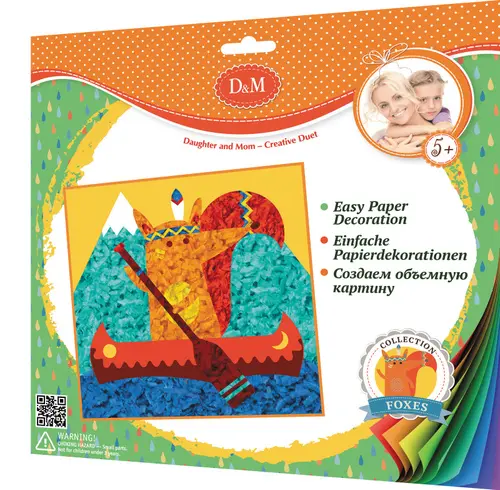

All living creatures on our planet get sick and plants are no exception. Garden crops are often attacked by various diseases, so summer residents and gardeners need to know what cucumber pests look like in order to quickly respond to certain infections. Below we will describe in detail the most common diseases of cucumbers and their treatment, as well as get acquainted with effective preventive measures that will protect your planting from fungi, viruses and bacteria.
Fungal
Fungal diseases of this culture are considered the most common. Their pathogens are spores of microscopic fungi that are fixed on the leaves, stems, roots and fruits of cucumbers. Fungi can cause the complete destruction of the entire planting if no treatments are carried out and the necessary measures are not taken to combat the disease.
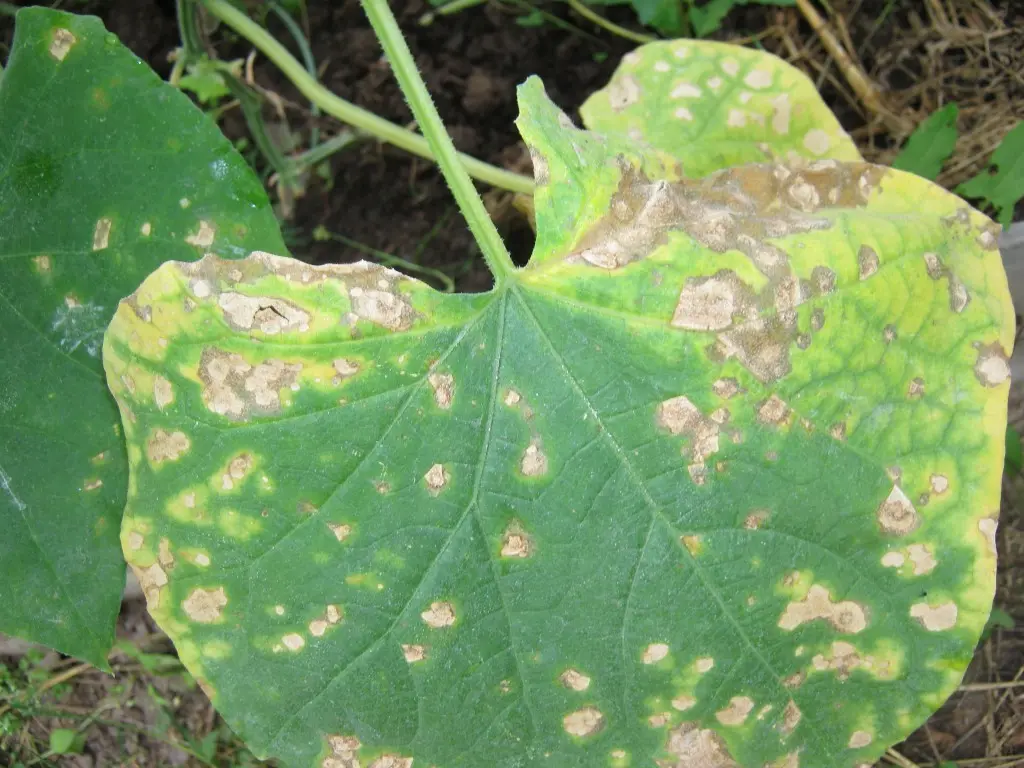
One of the most famous cucumber diseases is powdery mildew. The disease manifests itself as a whitish coating, which initially forms small spots. Over time, they expand and merge into one continuous spot, covering almost the entire sheet. At the same time, the leaves and stems begin to dry out and die. Powdery mildew negatively affects the fruiting of cucumbers and can cause a complete lack of harvest.
Powdery mildew spores overwinter on organic residues and begin active growth in cloudy and humid weather, when the temperature does not exceed +20°C. To prevent infection with powdery mildew, remove cucumber tops in time after harvesting, water the plants with warm water and do not rush with planting dates. Buy resistant varieties.
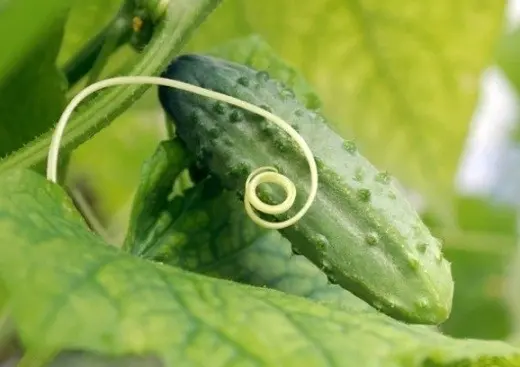
If powdery mildew does appear on cucumbers, chemical fungicides are used to fight. There are many effective means on the agricultural market, for example, Topsin, Hom, colloidal sulfur. From folk remedies, spraying with a solution of soda and soap is used. For 10 liters of water, take 50 grams of soda and 50 grams of laundry soap.
Fungal pests often share common characteristics. Peronosporosis is popularly called downy mildew, since the disease has similar symptoms. The leaves of cucumbers are also covered with spots, which eventually merge into one. Only in the case of peronosporosis, the spots are painted in a light yellow color. The infection can affect plants at any stage of cultivation.
To combat downy mildew, solutions of copper oxychloride, Bordeaux liquid are used. Of the professional preparations, Ridomil and Ordan are used. Try to create greenhouse conditions for diseased plants with a temperature of at least + 25 ° C. If characteristic spots are found, stop watering and fertilizing for a while.
Cladosporiosis (brown olive spot) affects both leaves and fruits. They are covered with dark green ulcers. The disease actively develops in cool and humid conditions. Especially towards the end of summer when the nights get cooler. To combat cladosporiosis, treatments are used with a 1% solution of Bordeaux liquid and a 0,4% solution of copper oxychloride. In addition, excellent results are shown by the drug Oksihom, which is diluted in a proportion of 20 grams per 10 liters of water.
Viral
Viral pests of cucumbers are considered the most dangerous, since they are almost impossible to get rid of and the only way to protect them is prevention, selection of resistant varieties or destruction of infected plants. Even in the initial period of growing cucumbers, they can be attacked by cucumber mosaic. The virus manifests itself as marble chlorotic spots on the leaves, which dry out over time. The number of female inflorescences is significantly reduced, the fruits grow small and light green, the leaves wrinkle and voluminous spots similar to warts appear on them.
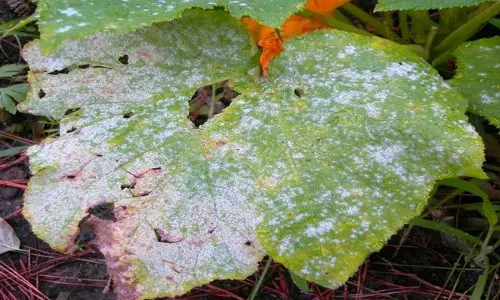
The virus is transmitted by small insects, such as aphids, and also persists in weeds and organic debris. The virus is also transmitted by garden flowers phloxes, cannes, gladioli. If signs of a disease are detected, the plant must be destroyed, no matter at what stage of cultivation it is. This will help protect neighboring cucumbers. Also remember to sanitize garden tools, especially those you’ve used to treat susceptible flowers.
Viral necrosis of cucumbers develops in low light and cool weather. As a result, the yield can be reduced by 20-50%. At first, brown spots can be seen on the leaves. They are located along the veins and after a while cover the entire leaf. Infected fruits grow small with light spots. In order to detect diseased plants in time and remove them, it is important to conduct frequent preventive examinations. You also need to steam the soil and monitor crop rotation.
Video Full complex of treatment”
Bacterial
Of the bacterial diseases, angular spotting should be distinguished, which is caused by a special highly specialized type of bacteria that affects only cucumbers. Plants can be affected even at the cotyledon stage. Oily dark green spots appear between the leaves. On older cucumbers, spots appear between the veins of the leaves.
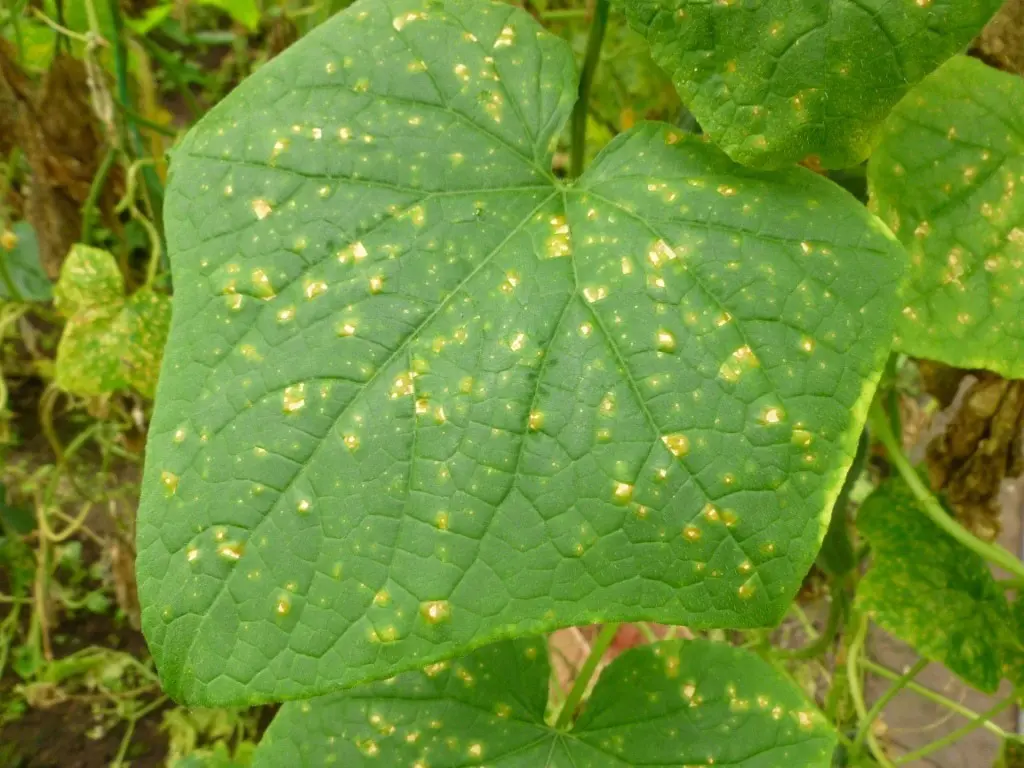
With high humidity, an oily coating and yellow mucus form on the leaves. Fruits are also affected by microorganisms. Wet dark ulcers appear on them. To combat angular spotting, copper-containing preparations such as Champion and Kuproksat are used.
Another bacterial disease is called wet rot. You can see signs of infection on the inside of the leaf. Weeping oily spots form near the central vein there. Exudate begins to stand out on the tissues of the stem. Young plants can wilt in a day, and recover again in the morning. But after 3-4 days, the cucumber fades completely. If left untreated, yield losses can reach 40%. To prevent the spread of the disease, use only healthy and treated seeds. Also, try not to damage the stems during harvesting and removing weeds, as the infection penetrates into the damaged areas.
Disease Prevention
The best prevention of cucumber diseases is the selection of varieties that are resistant to them. At the same time, it should be noted that today there is no absolutely universal variety that would steadfastly withstand the attacks of all diseases.
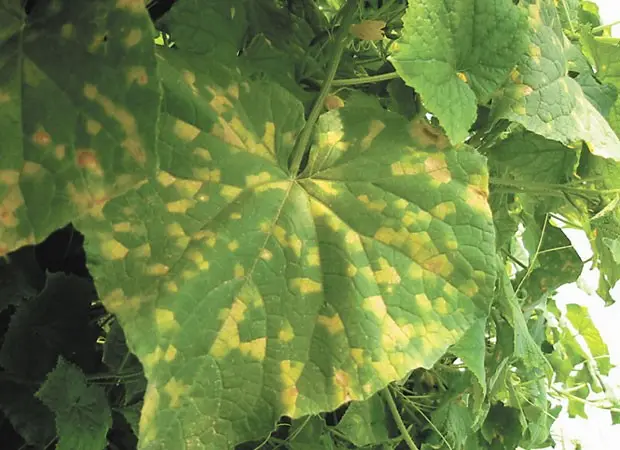
When choosing varieties for your garden, pay attention to what diseases are more common in your climate zone and directly on your site, because most infections affect not only cucumbers, but also other crops. To one of the most common diseases, powdery mildew, F1 hybrid varieties Anyuta, Atlet, Vasilek, Adam are resistant. A high degree of resistance to downy mildew was found in Delpina, Vicenta, Anyuta varieties. Cucumber mosaic is not terrible for varieties Amur 1801, Marta, Danila, Hector, Vicenta, Makar. Varieties Nastenka, Romans, Luzhok, Vasilek, Anyuta and others resistant to olive blotch. Variety Romans, in addition, is not afraid of ascochitosis and fusarium.
Each individual disease has its own preventive measures, but there are also general rules that will help you protect your cucumber plantation. First of all, you need to monitor the cleanliness of the landing. Timely loosen the soil and remove weeds. Do not allow the formation of thickets, because it is in such conditions that diseases can quickly move from one plant to another.

Irrigation plays a key role in growing cucumbers. But everything should be in moderation. Most fungal diseases appear due to excess moisture, as well as due to extremely low water temperatures. It is especially important to monitor this in the early stages of cucumber growth. A healthy plant can only be obtained from healthy seeds, so keep an eye on the condition of the seed material. If you collect the seeds yourself, then in no case use the fruits from infected plants. Also check the condition of the seeds just before planting. All rotten, broken, spotted seeds should be sent to the bin.
Protecting cucumbers from diseases includes a procedure for disinfecting seeds, which consists in soaking the seeds in a solution of potassium permanganate. Observe crop rotation. Cucumbers cannot be planted in the same place for several years in a row. The gap between landings should be at least 5-6 years.
Video “Diseases in the greenhouse”
What diseases can overtake your cucumbers when grown in a greenhouse? Find out from the video. The video also describes the basic methods of pest control.









